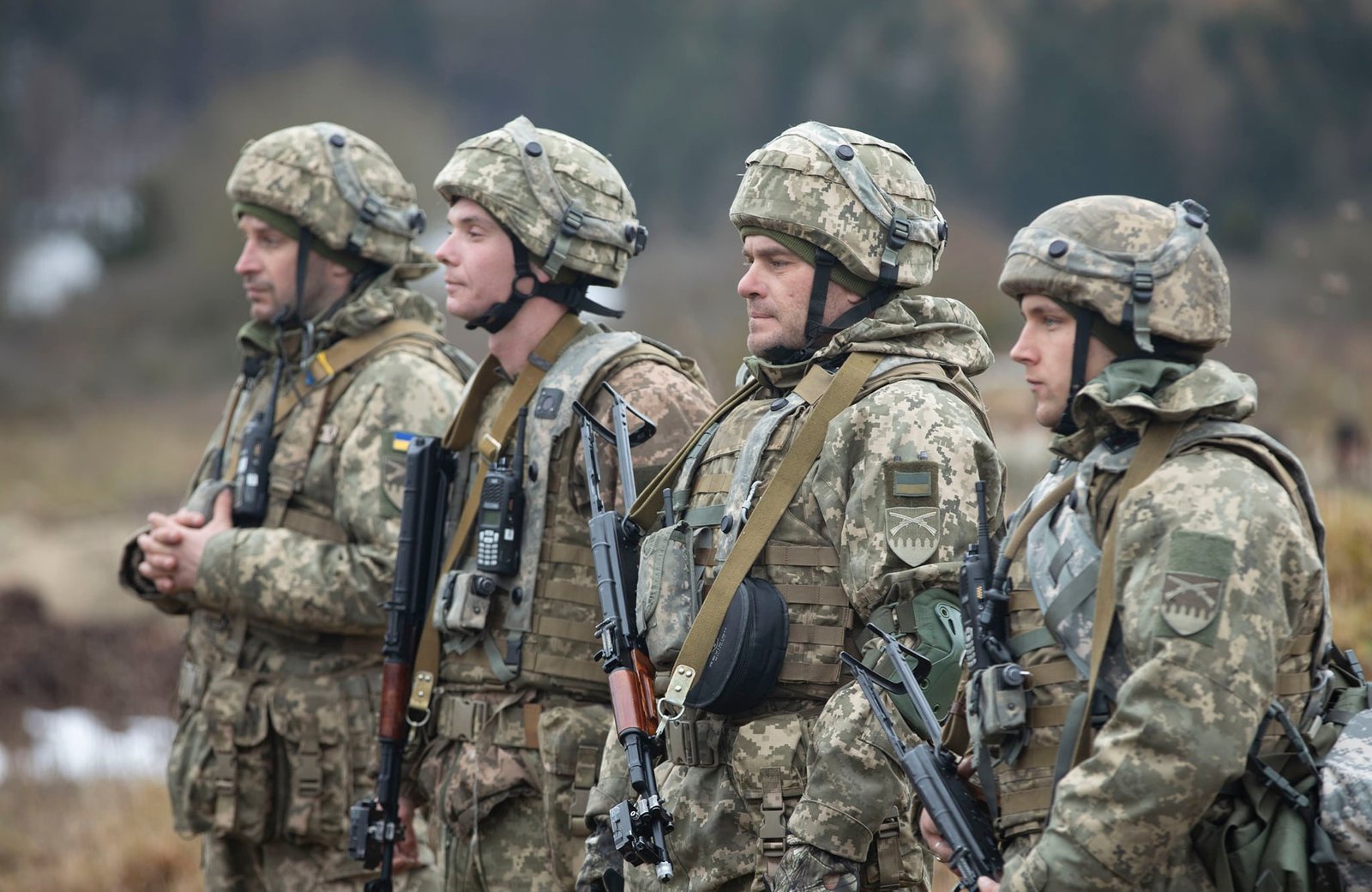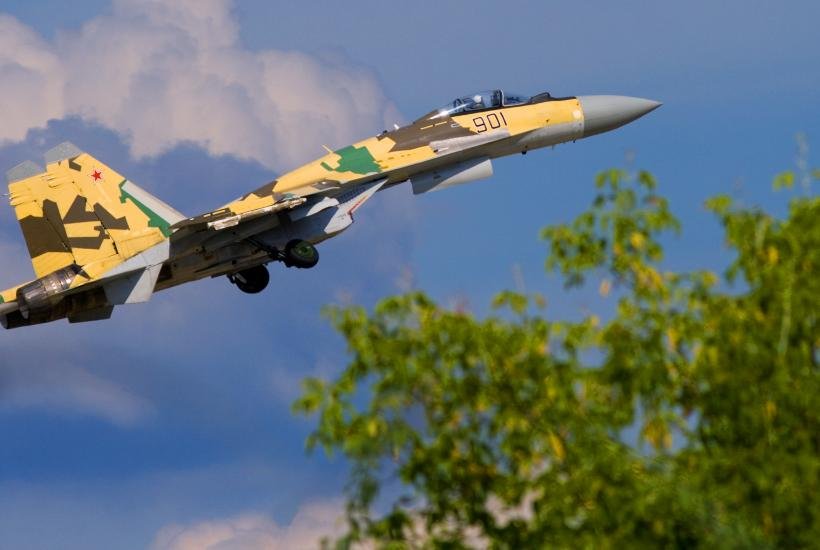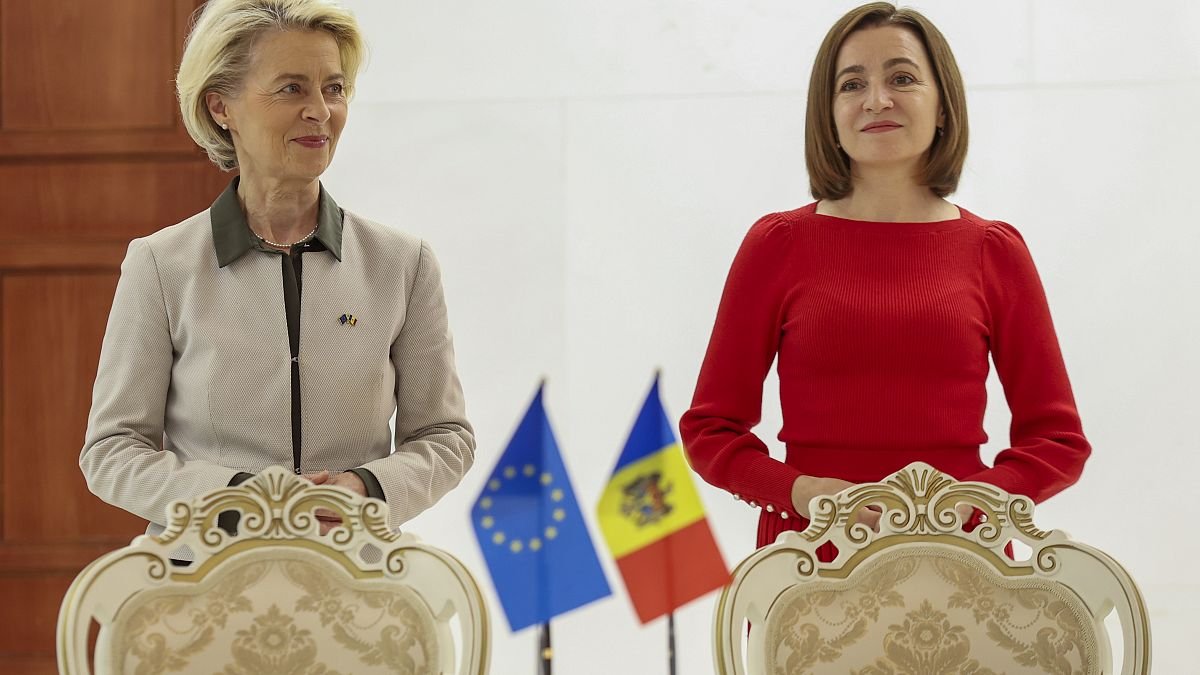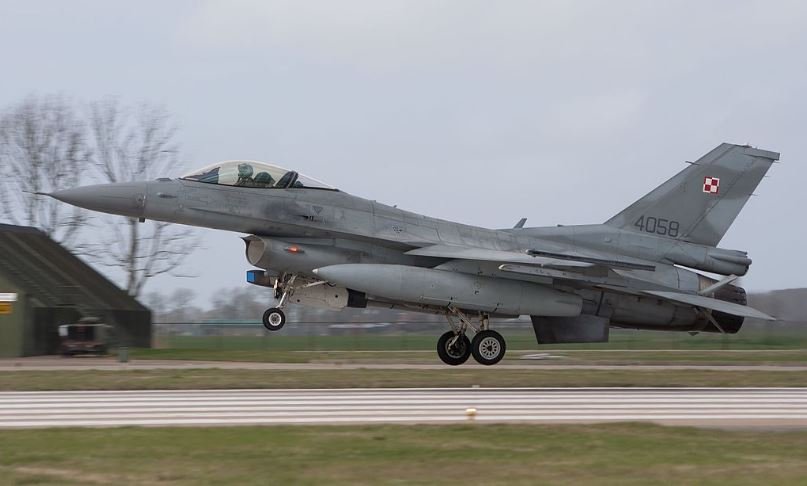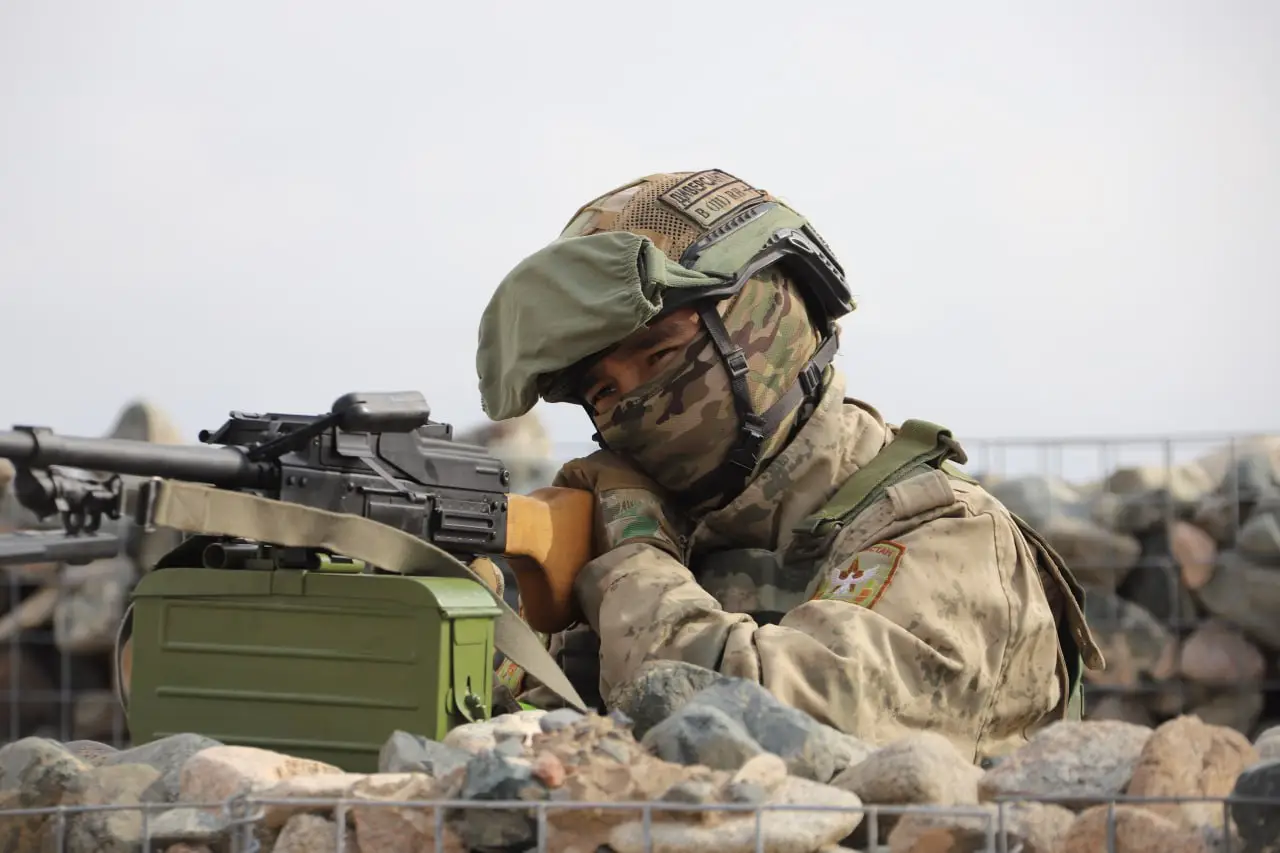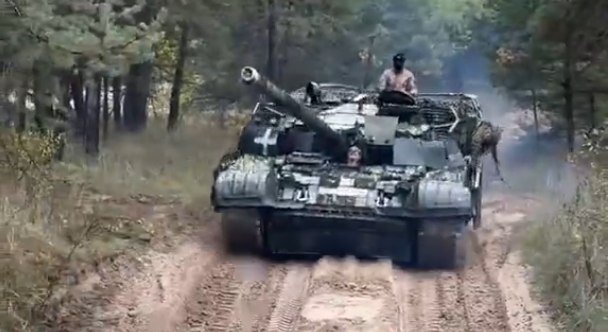
Ukrainian Army Transitions to Corps Command System: From Soviet Model to Western Standard
The Ukrainian Armed Forces are undergoing the largest structural reform since the start of the war. After decades of operating under a brigade and regional command model, the army is transitioning to a so-called corps command system that meets NATO standards. The change, promoted by Commander-in-Chief General Valeriy Syrskyi with the approval of President Volodymyr Zelensky, aims to increase operational flexibility, streamline command, and unify strategic planning across the entire front. The first phase of the transition was completed in June this year, while full implementation is expected by the end of 2025.
Context: From Soviet Legacy to Modern Command
The transition to a corps system represents a fundamental departure from the Soviet-style command system that has persisted in the Ukrainian army since independence. The previous structure was based primarily on brigade command and regional division of forces, which allowed for local control of units, but in practice often meant overloading the general staff and slowing down decision-making processes.
Analysts from the Institute for the Study of War (ISW) point out that in a modern war with high dynamics of operations and the need to coordinate dozens of brigades in real time, such a system becomes unsustainable. Corps command, on the other hand, transfers most of the decision-making powers to the middle level of management – between brigades and strategic headquarters – thereby enabling faster response and better coordination of units of different types of troops.
According to the Ukrainian portal Mezha.net, this transformation is not only organizational, but also conceptual: the newly emerging corps is to include combined arms, artillery, engineering, logistics and reconnaissance units under one command. The inspiration was primarily the command models of the United States and Poland, with which Ukraine has long-term cooperation in the field of training and planning.
General Syrskyi has previously stated that the transition to a corps system “is intended to reduce dependence on the General Staff, eliminate bureaucracy, and increase the speed of operational decision-making.” The change is also intended to help unify the command of the ground, air, and special forces into a more flexible structure capable of quickly adapting to the changing situation on the front.
Goals and timeline of the reform
The command reform was officially launched in February 2025, when General Valery Syrskyi announced the start of the process of transforming the Ukrainian Armed Forces into a corps structure. As reported by the Ukrainska Pravda newspaper, this was the first public confirmation that Ukraine was abandoning the current brigade system and beginning to build a multi-level command model similar to NATO standards. The change is a response to battlefield experience – primarily from 2023–2024, when large-scale front-line operations showed the limits of centralized command and the need for more independent operational units.
According to official information from the General Staff and the Ministry of Defense, the reform was divided into three stages:
1. Preparatory phase (February–April 2025) – creation of new command structures and appointment of corps commanders.
2. Implementation phase (May–June 2025) – integration of existing brigades and support units under new corps headquarters.
3. Stabilization phase (July–December 2025) – harmonization of planning, supply and logistics under the new system.
As reported by the UNN agency in its article dated June 22, 2025, General Syrskyi announced at the time that “the first phase of the transition to corps command has been successfully completed and the new system is already operating in several operational directions.” At the same time, he added that the reform is intended to “improve coordination between front-line units, logistical support and strategic reserves.”
The Mezha.net portal added that the ultimate goal is to create fully functional corps by the end of 2025, each with its own tactical units, command staff, reconnaissance assets and organic support. Each corps should be able to conduct independent offensive and defensive operations without the need for constant management from Kiev.
The reform is also linked to the personnel renewal of the command. In March 2025, President Volodymyr Zelensky appointed Lieutenant General Andriy Hnatov as the new Chief of the General Staff, and according to Reuters and AP News, this step was part of a broader effort to “bring new thinking and experience in managing large-scale operations into the command”. The new command thus also symbolizes a generational change in the officer corps – a shift from the experience of 2014-2015 to a model of modern management based on decentralization and delegation of responsibility.
Structure of existing and formed corps of the Ukrainian Armed Forces
The transition to a corps command system also includes the creation and consolidation of several new army and airborne corps, which bring together mechanized, assault and specialized units. The following overview summarizes their currently known composition.
The Ukrainian National Guard Corps “Azov”
Includes elite units of the National Guard, including the 12th Separate Special Purpose Brigade “Azov”. The Burevi Brigade, the Chervona Kalyna Brigade, the Kara-Dag Brigade, the Lyubart Brigade, and the Personnel Training Battalion also operate. The corps focuses on offensive and stabilization operations, primarily within the framework of special tasks.
The Ukrainian National Guard Corps “Chartia”
It consists of the Spartan Brigade, the Rubizh Brigade, the Chartia Brigade, the 17th Brigade, and the Slavyansk Brigade. This corps has a predominantly urban and defensive character, with its units operating mainly on the Eastern Front.
3rd Army Corps
Contains the 3rd Assault Brigade, 53rd, 60th and 63rd Mechanized Brigades, as well as the 25th Anti-Tank Battalion, 4th Medical Battalion, 21st Unmanned Aerial Vehicle Regiment, 122nd Signal Battalion, 311th Electronic Warfare Company and 525th Security and Maintenance Battalion. It is a corps with a high level of mobility, capable of conducting combined offensive operations.
7th Rapid Reaction Corps
It consists of airborne and assault units: 25th, 77th, 79th Airborne Brigades, 78th Airborne Assault Regiment, 81st Airborne Brigade, as well as the 87th Control Battalion, 132nd Reconnaissance Battalion, 148th Artillery Brigade and 421st Unmanned Aerial Vehicle Battalion.
The corps is designed as a mobile force for rapid intervention.
8th Airborne Assault Corps
It concentrates units with a high level of training: the 46th Airmobile Brigade, the 71st Jaeger Brigade, the 80th and 82nd Airborne Assault Brigades, and the 88th Control Battalion.
It is considered the core of the Ukrainian Airmobile Forces.
9th Army Corps
It includes the 4th, 5th, 32nd, 47th, 100th, 142nd, and 153rd Mechanized Brigades, as well as the 68th Jaeger Brigade, the 47th and 55th Artillery Brigades, the 81st Signal Battalion, the 150th Reconnaissance Strike Battalion, the 228th Supply, the 474th Guards, and the 508th Repair Battalions. It is one of the strongest corps in terms of mechanization and firepower.
10th Army Corps
The composition consists of the 12th Tank Battalion, 43rd, 115th, 116th and 117th Mechanized Brigades, 48th Artillery Brigade, 94th Combat Engineer Battalion, 151st Reconnaissance Strike Battalion, 229th Supply Battalion, 509th Repair Battalion and 582nd Security Battalion.
The corps is focused on breakthrough and heavy offensive operations.
11th Army Corps
Includes the 24th, 30th, 54th and 56th Brigades, 45th Artillery Brigade, 152nd Reconnaissance Company, 432nd Drone Battalion and 510th Repair Battalion. Its tasks are focused on stabilization operations and defense.
12th Army Corps
A specific corps with close ties to the Presidential Guard: it includes the Presidential Brigade, the 19th, 27th, and 67th Mechanized Brigades, the 112th, 118th, and 120th Territorial Defense Brigades, the 25th Public Security Protection Brigade, the 2nd Medical Battalion, the 26th Riverboat Division, the 28th State Assets Protection Regiment, the 31st Cherkasy Regiment, the 428th Drone Battalion, the 511th Repair Battalion, and the 1027th Anti-Aircraft Missile and Artillery Regiment.
15th Army Corps
Little is known about its structure yet. Confirmed units include the 144th Mechanized Brigade and the 434th Unmanned Aerial Vehicle Battalion.
16th Army Corps
Comprising the 92nd Assault Brigade, 3rd Heavy, 41st, 42nd and 154th Mechanized Brigades, 57th and 58th Separate Motorized Rifle Brigades, 113th Territorial Defense Brigade, 26th Artillery Brigade, 48th Reconnaissance Strike Battalion and 91st Anti-Tank Troop.
17th Army Corps
Comprising the 128th Mountain Assault Brigade, 128th Heavy Mechanized Brigade, 65th, 110th and 118th Mechanized Brigades, 108th and 241st Territorial Defense Brigades, 44th Artillery Brigade, 411th Drone Regiment and 422nd Drone Battalion.
18th Army Corps
According to available information, the presence of the 156th Mechanized Brigade is confirmed.
19th Army Corps
According to available data, it consists of the 94th Anti-Tank Battalion and the 39th Unmanned Aerial Vehicle Battalion.
20th Army Corps
Contains the 17th Heavy, 23rd, 31st, 33rd and 141st Mechanized Brigades, the 110th Territorial Defense Brigade, the 60th Artillery Brigade, the 423rd Drone Battalion and the 13th Air Defense Command Post.
21st Army Corps
Combines the 4th Heavy, 93rd, 155th and 159th Mechanized Brigades, the 152nd Jaeger Brigade and the 531st Guards Battalion. This corps is still in the formation phase.
Max Bach




